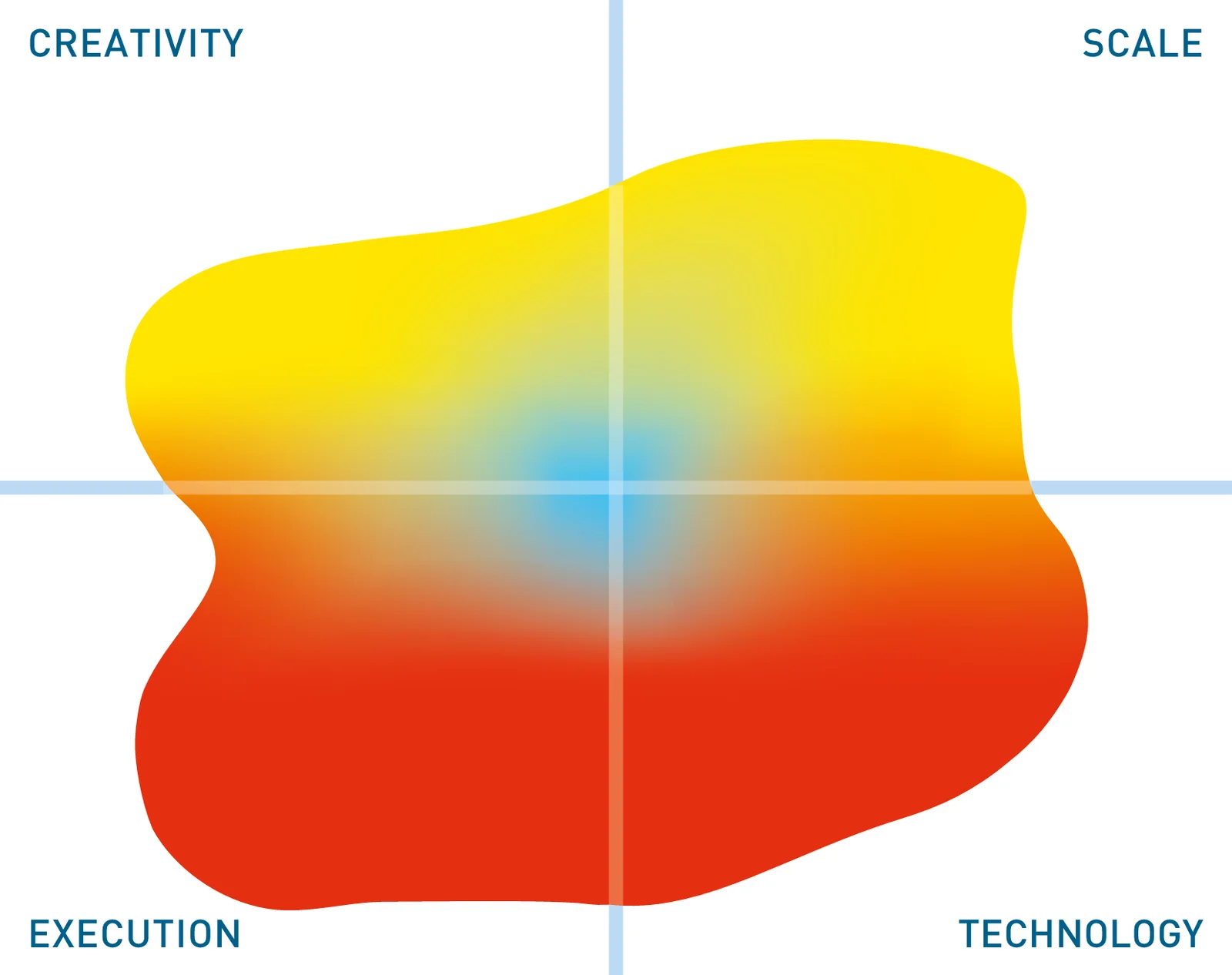Rational Test Virtualization Server
Update solution on December 17, 2018

Rational Test Virtualization Server (RTVS) is IBM’s service virtualisation offering. It is part of the company’s Rational Test Workbench, a suite of products that are designed to provide a complete continuous testing solution. The suite also includes a variety of products for enabling functional, performance and API testing and, as you might imagine, these products are well integrated. The Rational Test Workbench is in turn part of IBM DevOps, the branch of IBM devoted to providing products that enable continuous delivery and digital transformation.
Customer Quotes
“IBM Rational Test Workbench software lends itself to complex environments. We use it to test across platforms, which significantly cuts the time required to roll out applications.”
Banking company
“The bottom line: service virtualisation reduces your cost and accelerates development, and that’s what companies need to stay ahead of their competition.”
Sandhata
There are multiple ways to create a virtual service in RTVS. The most straightforward is to record and playback requests and responses to and from a real service. Alternatively, you can import existing definition files (for example, Swagger specifications) or create your virtual service from scratch in ECMAScript. More interestingly, RTVS provides you the option to, in conjunction with the aforementioned recording, examine and ‘synchronise’ with the System Under Test (SUT). This allows RTVS to create both physical and logical models of the SUT, mapping out, respectively, the physical and logical dependencies within your system. The latter will be more pertinent the majority of the time, allowing you to see, graphically, the different services within the SUT and how they depend on each other. This is useful for helping both technical and non-technical users understand the SUT. More importantly, RTVS allows you to create any number of virtual services based on this model without writing any code (although they may be supplemented with scripting in ECMAScript or Groovy if desired).

Figure 1 – Incremental integration testing
RTVS provides extremely broad support for messaging protocols and message formats, the full list including more than 30 different technologies. It can also virtualise systems in addition to services. This includes products from SAP, TIBCO and, of course, IBM, as well as mainframes. This means that you can test against virtual copies of these systems just as you would a regular virtual service. The product also features sophisticated sifting and passthrough technology, allowing you to, for example, use a virtual service to capture and respond to data that is coming from a particular source, allowing all other requests to pass through to the real service behind it. In addition, RTVS allows you to model the response times of your virtual services on real data, ensuring that they are realistic.
Virtual services created in RTVS can be published to a virtual service repository. This is a store of virtual services, available throughout the enterprise, that is intended to promote the reuse of virtual services by both technical and non-technical users. It is accessed through a browser, allowing all users in your organisation to configure and deploy virtual services as needed. In addition, RTVS supports what IBM calls ‘Incremental Integration Testing’. The principle idea here is that you start out by testing a single, isolated part of your system, virtualising all components of your system that exist outside of this part. Then, gradually, you replace these virtual components with real ones, testing as each service is replaced. This allows you to test gradually and methodically, rather than having to test everything, together, at once. RTVS enhances this methodology by enabling a technologically seamless transition between virtual and real services, owing to their shared interfaces.
Testing is an extremely important part of the software development lifecycle. With software products increasingly developed within an extensive ecosystem of APIs and other services, service virtualisation has become a necessity in order to test your software in isolation of the other components within your system. It is also important for continuous testing, as virtual services, unlike real ones, do not experience downtime. In addition, if you are utilising third party services that charge by usage, using them during testing is an unnecessary expense that can be avoided with service virtualisation.
RTVS stands out for a number of reasons. Incremental integration testing allows you to test parts of your software in isolation before integrating them bit by bit. This allows for a gradual and controlled integration testing process, and is particularly helpful if, for example, you have multiple teams developing co-dependent software. With RTVS, each team can test their software against a virtual copy of the others’, then seamlessly slot in the real software when it is ready. The ability to virtualise systems – particularly mainframes – is another notable feature. A significant number of organisations have legacy systems that cannot be disrupted under any circumstances, and therefore can be difficult to test against. RTVS can virtualise these systems, allowing for effective testing in these environments. Finally, it should be noted that both the visual model of your system and the virtual service repository that RTVS creates are helpful for enabling effective collaboration on virtual services throughout your enterprise.
The Bottom Line
As part of the Rational Test Workbench, RTVS forms a significant part of a complete continuous testing solution. Even apart from it, it is a competent service virtualisation product with several interesting and innovative features. If these features are relevant to you – and there is every reason at least some of them should be – we urge you to consider adding RTVS to your shortlist.
Related Company
Connect with Us
Ready to Get Started
Learn how Bloor Research can support your organization’s journey toward a smarter, more secure future."
Connect with us Join Our Community
